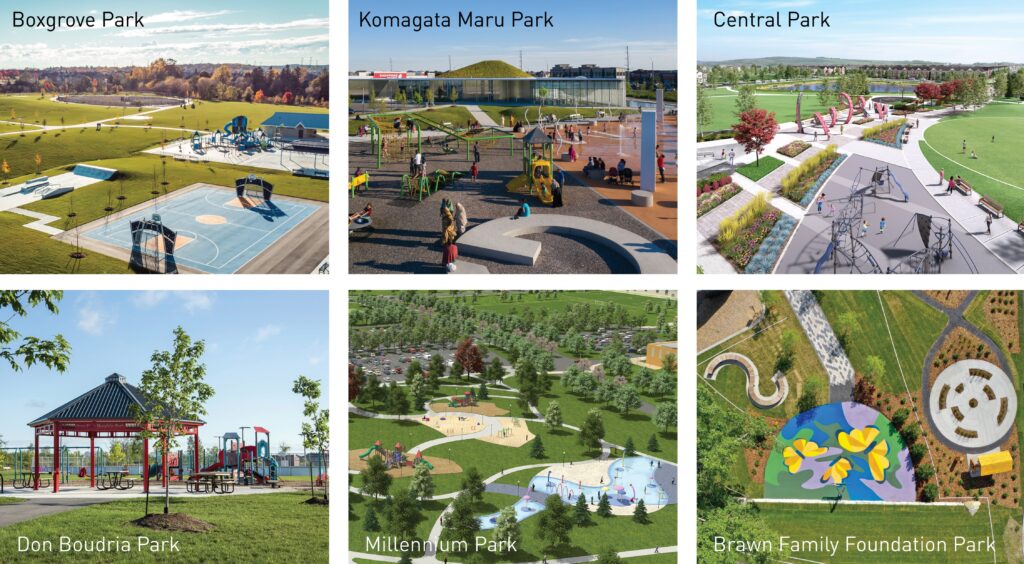As we dive into Mental Health Awareness Month, let us take a moment to shine a light on something incredibly special about the work of Landscape Architects – their impact on mental well-being. Whether they’re knee-deep in park designs or sketching out green spaces for a new development, every project they touch has the power to uplift spirits and nurture mental health.
Studies have shown time and again the positive effects of nature on mental health. Access to green spaces has been linked to reduced stress, improved mood, increased creativity, and enhanced overall well-being. Where the pace of life can sometimes feel overwhelming, these green oases serve as essential sanctuaries for relaxation and rejuvenation.
These articles delve into the profound impact of green spaces on mental well-being, citing research and real-world examples that underscore the importance of our work:
Check out this booklet shared by the CSLA on the power of nature for mental wellness here.
As landscape architecture continues shaping environments that enrich lives, let’s remember the invaluable role played in promoting mental wellness through the creation of vibrant, sustainable, and human-centered spaces.

This Mental Health Awareness Month, let’s celebrate the positive impact of Landscape Architecture by visiting some of NAK’s very own green spaces:
- Boxgrove Park (Markham, ON)
- Komagata Maru Park (Brampton, ON)
- Don Boudria Park (Ottawa, ON)
- Millennium Park (Ottawa, ON)
- Brawn Family Foundation Rotary Park (Calgary, AB)
- Central Park, Yorkville Community (Calgary, AB)
Some other notable non-NAK green spaces to explore:
- High Park (Toronto)
- Toronto Islands (Toronto)
- Major Hills Park (Ottawa, ON)
- Rideau River Provincial Park (Ottawa, ON)
- Prince’s Island Park (Calgary, AB)
- Banff National Park (Calgary, AB)
Happy exploring!
